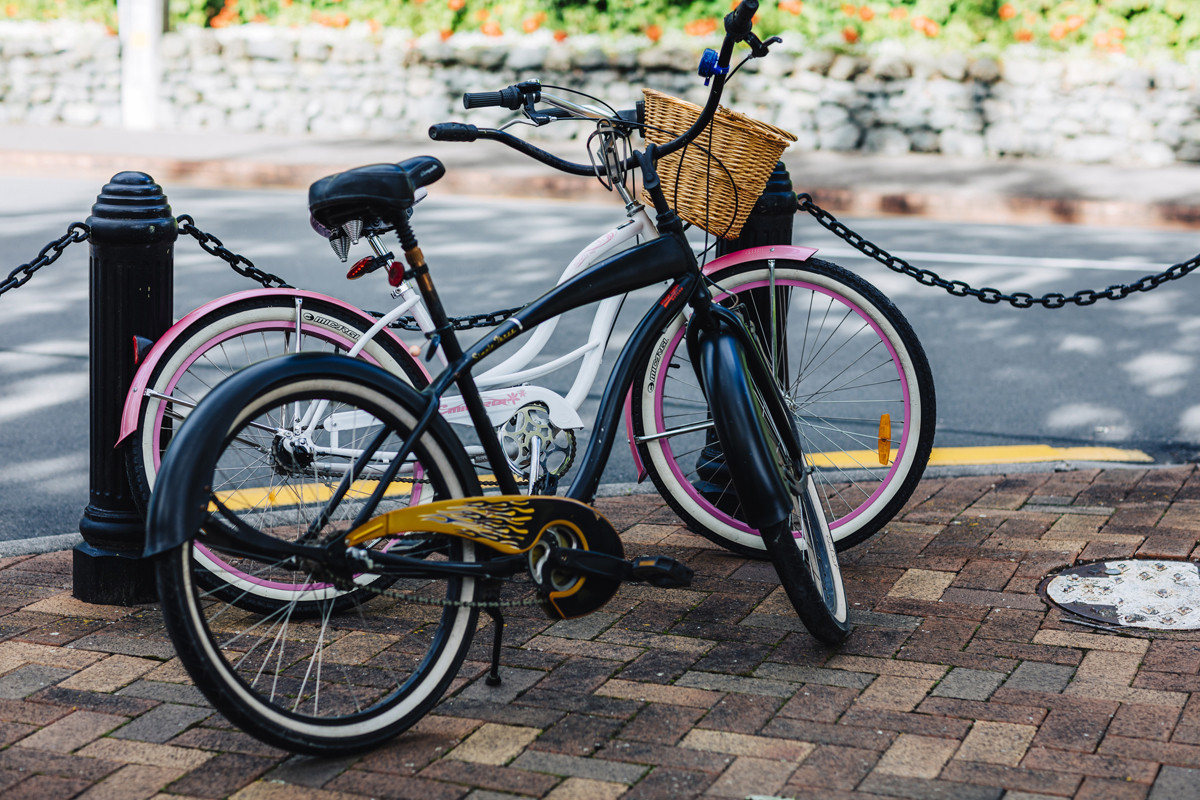
Bikes and e-bikes are a great way to provide opportunities for health, but what about safety?
The good news is that your workplace can meet your health and safety obligations and still have bikes in your vehicle fleet.
Here are some basic health and safety tips.
The approach for the safety of your people on bikes will be the same as for any other piece of equipment or plant that you supply to your workers – whether these are computers, cars, or chainsaws.
As with these, you should identify the risks, plan controls to manage them, implement your controls, and then check that the controls are working and risks are indeed being managed.
A great start might be to check with your workplace health and safety person or team.
CloseRisks need to be managed 'as far as is reasonably practicable', which means that you need to do everything that you could reasonably be expected to do to keep people safe in light of the risks you are addressing, the harm that could occur, and how likely that harm is to occur. It is all about ‘proportionate risk management’.
Remember that risks can affect the people who will use the bike (or other equipment) as well as those who will move or maintain them, and those who will simply be in their vicinity.
For your workplace bikes, this will mean eliminating the risks that you can, and minimising the others. When you think about ways to minimise the risks that you can’t get rid of, think of them in this order, as the ones at the top are generally more effective than those lower down:
Some examples of these types of controls are:
|
Substitute |
Choose a bike that stops delivering power when the rider stops pedalling instead of one with a throttle. |
|
Isolate |
Keep the chain and chain-ring safely hidden away under a chain guard |
|
Engineer |
Have lights which come on automatically |
|
Administrative |
Provide training to those who will use the bike in any way, having reminder signs and instructions available |
|
Personal protective equipment |
Provide bright coloured helmets (that fit) |
Having a risk register can help you work through what controls you’d like to implement. Have a look at Appendix X for an example.
CloseWhen looking at the ways to manage risk, you can consider readiness in these areas when doing your risk assessment:
Bike readiness
Cyclist readiness
Journey planning
Systems readiness
As people ride, there may be near-misses and incidents, and people will discover new risks and hazards. It is important to provide a way for people to report these to you so that you can act appropriately to address any risks and report any notifiable events.
Your workplace health and safety representative will be able to advise on the reporting requirements at your workplace. If you do have an event, see this Worksafe table(external link) to help you decide if an event is notifiable.
CloseThe legal responsibilities can seem a bit of a barrier - they shouldn’t be. Once the necessary steps are taken, and systems implemented, you’ll be well-covered.
Remember, health and safety is everyone's responsibility. It’s a cooperative effort, and if everyone works together, bikes can form a healthy and safe part of your vehicle fleet.
CloseThe safe use guide for e-bikes (NZ Transport Agency) [PDF, 1.2 MB]
Safe Operating Guidelines: E-bikes for work-related travel (Auckland Council) [PDF, 493 KB]
E-bike how to guide (NZ Transport Agency) [PDF, 323 KB]
Health and safety matrix fleet - ebikes (NZ Transport Agency) [PDF, 135 KB]
Interim e-bike policy (NZ Transport Agency) [PDF, 39 KB]
E-bike rider assessment & waiver (NZ Transport Agency / Electric Meg) [PDF, 202 KB]
Close